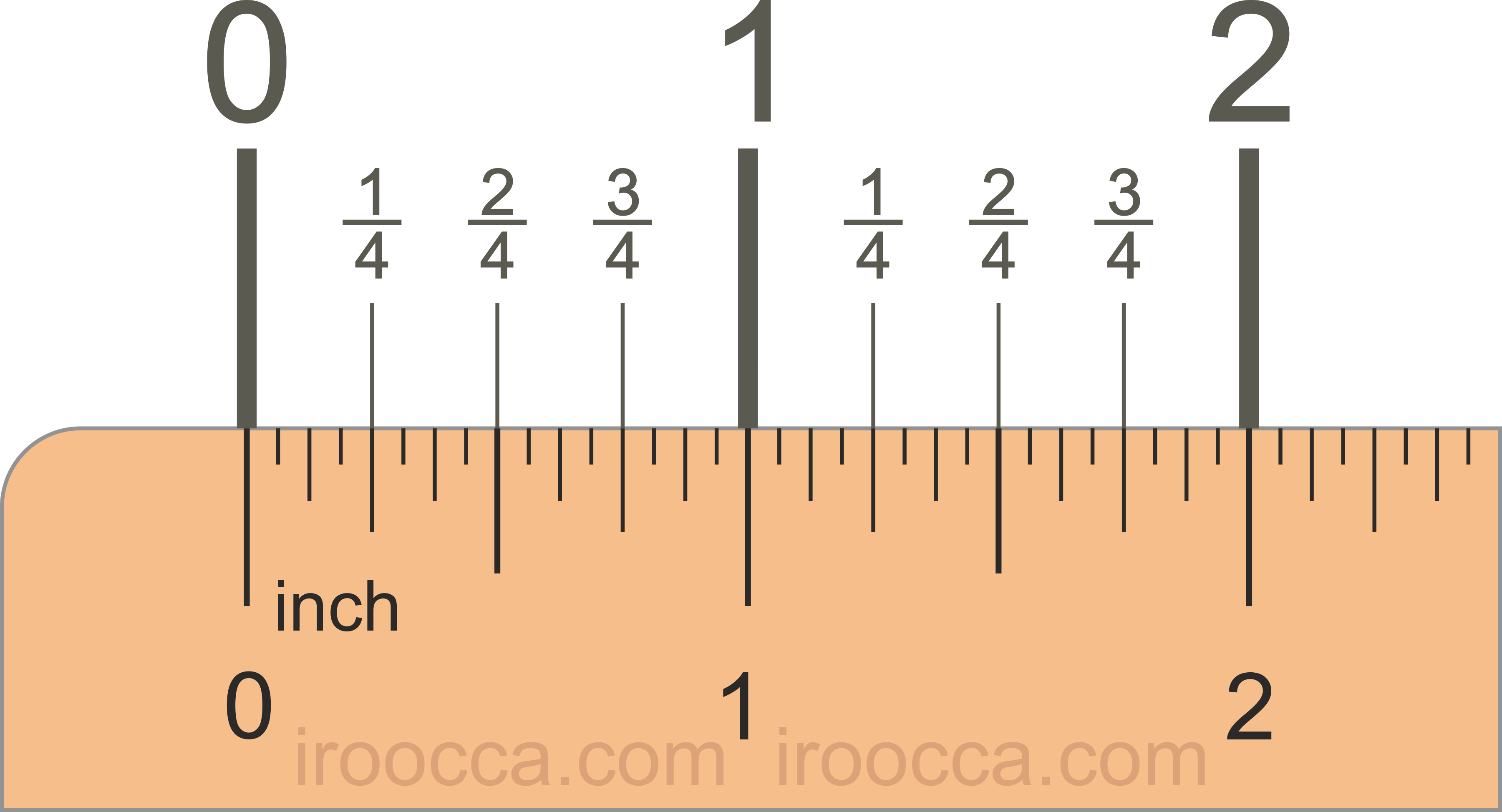Determine the Optimal P-Trap Size for a Bathroom Sink

What size p trap for bathroom sink – Selecting the correct p-trap size for a bathroom sink is crucial to ensure proper drainage and prevent clogging. Several factors must be considered, including the type of sink, drain diameter, and available cabinet space.
Deciding on the right size p-trap for your bathroom sink is essential to ensure proper drainage. Consider the type of sink and its drain opening size. For a standard 1-1/4 inch drain opening, a 1-1/2 inch p-trap is typically sufficient.
If you’re looking to upgrade your bathroom’s aesthetics, explore our selection of modern bathroom sink faucets. They come in a range of styles and finishes to complement any décor, while also providing exceptional functionality. With the right p-trap size and a stylish faucet, your bathroom sink will be both functional and visually appealing.
Factors to Consider When Choosing a P-Trap Size
- Sink Type: The type of sink, such as a pedestal sink, vanity sink, or wall-mounted sink, determines the space available for the p-trap.
- Drain Diameter: The diameter of the drainpipe determines the size of the p-trap required. Common drain diameters for bathroom sinks range from 1-1/4 inches to 1-1/2 inches.
- Cabinet Space: The available space in the cabinet below the sink must accommodate the p-trap and its connections. A larger p-trap may require more space, which could limit storage or other fixtures.
P-Trap Size Comparison
The following table compares common p-trap sizes, including their dimensions, flow rates, and recommended applications:
| P-Trap Size | Dimensions | Flow Rate | Recommended Applications |
|---|---|---|---|
| 1-1/4 inches | 6 inches x 6 inches x 3 inches | 12 gallons per minute (GPM) | Small sinks with 1-1/4 inch drains |
| 1-1/2 inches | 8 inches x 8 inches x 3 inches | 16 GPM | Standard bathroom sinks with 1-1/2 inch drains |
| 2 inches | 10 inches x 10 inches x 3 inches | 20 GPM | Large sinks or sinks with multiple drains |
Choosing the optimal p-trap size ensures efficient drainage and prevents clogs. By considering the factors discussed and referring to the table provided, you can select the appropriate p-trap for your bathroom sink.
Types of P-Traps for Bathroom Sinks

P-traps, also known as S-traps or U-traps, are essential components of a bathroom sink’s plumbing system. They play a crucial role in preventing sewer gases from entering the bathroom and in facilitating the smooth flow of wastewater.
There are three main types of p-traps commonly used for bathroom sinks:
S-Traps
- S-traps are the most basic type of p-trap and are shaped like the letter “S.”
- They are easy to install and relatively inexpensive.
- However, S-traps can be more prone to clogging than other types of p-traps due to their sharp bends.
P-Traps
- P-traps are similar to S-traps but have a more gradual bend, forming a “P” shape.
- They are less likely to clog than S-traps and are also relatively easy to install.
- P-traps are a good choice for sinks that are located in tight spaces.
U-Traps, What size p trap for bathroom sink
- U-traps are the most efficient type of p-trap and are shaped like the letter “U.”
- They have a smooth, wide bend that allows water to flow through easily and reduces the risk of clogging.
- U-traps are more expensive than S-traps and P-traps, but they are also more durable and less likely to leak.
Installation Considerations for Bathroom Sink P-Traps: What Size P Trap For Bathroom Sink

Installing a p-trap for a bathroom sink is a relatively straightforward task that can be completed with a few basic tools and materials. However, there are a few things to keep in mind to ensure a proper installation.
The first step is to gather the necessary materials. You will need a p-trap, a slip nut, a washer, and a tailpiece. The p-trap is the U-shaped pipe that connects the sink drain to the drain line. The slip nut is a nut that holds the p-trap in place. The washer is a rubber gasket that creates a watertight seal between the p-trap and the slip nut. The tailpiece is a short piece of pipe that connects the p-trap to the drain line.
Step-by-Step Installation
- Place the washer on the slip nut.
- Screw the slip nut onto the tailpiece.
- Insert the p-trap into the slip nut.
- Tighten the slip nut until it is snug.
- Connect the other end of the p-trap to the drain line.
- Tighten the nuts on the drain line until they are snug.
Common Installation Challenges
There are a few common challenges that you may encounter when installing a p-trap for a bathroom sink. One challenge is dealing with tight spaces. If the space under the sink is tight, it can be difficult to get your hands in to tighten the nuts. To make this easier, you can use a pair of pliers or a wrench.
Another challenge is connecting the p-trap to an existing drain line. If the drain line is not the same size as the p-trap, you will need to use an adapter. Adapters are available at most hardware stores.
The size of a p-trap for a bathroom sink is typically 1 1/4 inches. This is the standard size for most bathroom sinks, and it will provide adequate drainage for most fixtures. If you are installing an antique brass bathroom sink faucet, you may want to consider using a larger p-trap, such as a 1 1/2-inch or 2-inch p-trap.
This will help to ensure that the water drains quickly and efficiently from the sink. You can find a variety of antique brass bathroom sink faucets online or at your local hardware store.